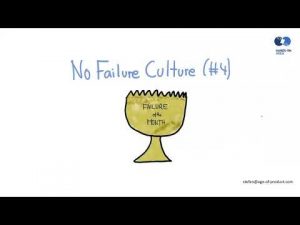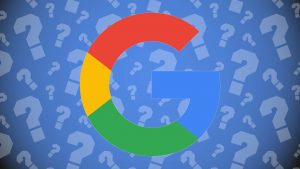As marketers, your goal is to attract more leads and turn them into paying customers. But for that to happen, you have to improve your brand recognition by making your business visible to people who are actually interested in your products and services.
That way, you can attract a more targeted audience and reach your conversion goals faster. There are various ways of doing that. But nothing can be as powerful as improving your SEO to gain some solid organic traffic.
Unlike the traffic you get from paid advertisements and social media marketing, your organic traffic will last forever. So marketers make it their topmost priority to improve their SEO for more organic traffic.
The problem, however, is that many marketers think that improving your SEO is all about creating keyword-rich content for your business. But Google has become a lot smarter than it was a decade ago. Now instead of looking only at keywords to satisfy search queries, it focuses on satisfying the search intent of the user too.
But what exactly is this search intent, and how do you optimize your content for that? Let’s find out.
What is Search Intent?
Search intent is nothing but the main goal of the user for conducting a search. Everybody has a specific goal when they are searching for something. It can be to make a purchase, to gather information, to search for an address, or anything similar.
Over the years, Google has worked hard on improving its algorithm to determine the search intent of its users. Now it prioritizes those content to rank for search queries that match with the search intent of the user. So if you want to boost your search rankings, your content has to satisfy the search intent of your users.
Different Types of Search Intent
In order to optimize your content for search intent, you first need to understand the 4 different types of search intent. So let’s take a look at them.
1. Informational Search Intent
Just as the term suggests, when the search intent is informational, you know that the user is looking for some kind of information. Such content is usually in the form of tutorials, how-to posts, guides, etc. Some examples of such content are:
- Who is Bill Gates?
- How to Make a Pizza?
- Apple Store Near Me
- Melinda Gates
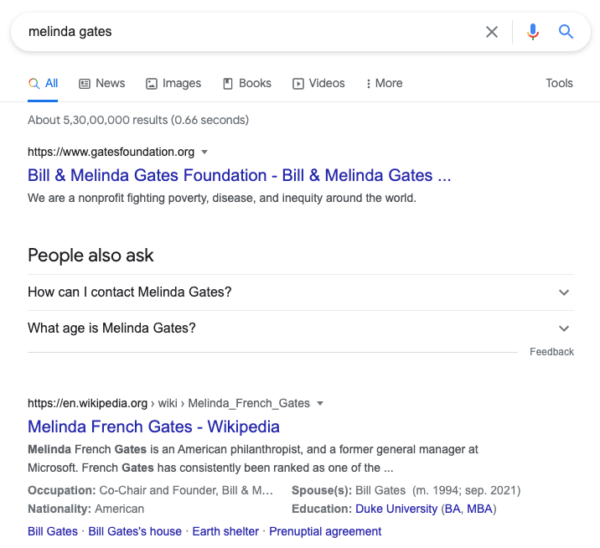
Now you have noticed that not each query is a question. But each of these queries is looking for more information on the topic. So Google will present only those content that offers more specific information for the queries. That’s the reason why you’ll mostly find Wikipedia as one of the topmost results for some of the searches with informational search intent.
2. Commercial Investigation
The next search intent is commercial in nature. When you look for something with this intent on Google, you will see that the results include paid results at the top of the SERP. Such search results focus more on providing information about the brand rather than the topical meaning of the query.
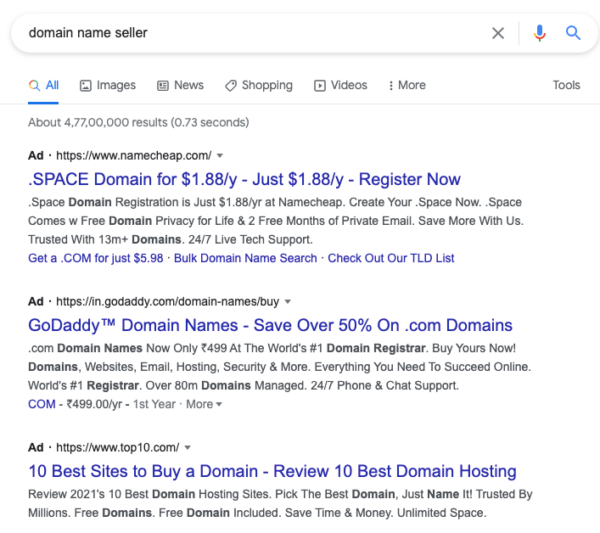
3. Transactional
Transactional search intent includes search results that can help the user complete a transaction. For example, you might want to buy a washing machine. So Google will help you make the purchase by showing you the best results. And depending on your search query, it might sometimes even show you the location of stores that sell the product.
4. Navigational
Users with navigational search intent already know which website they want to look at. They just want to navigate through different pages of their website. So Google will show you the topmost pages of that website to make it easy for you to navigate through it. And based on your search, it might even display related content like news, mentions, etc.
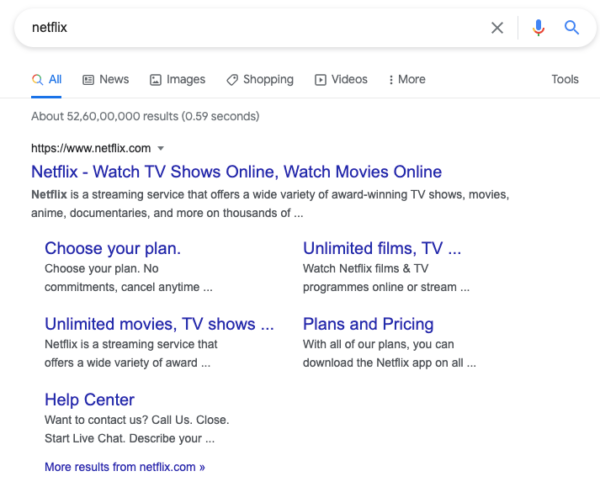
Once you understand the different types of search intent, you need to optimize your content to match it.
Optimizing your Content for Search Intent
Google is smart enough to understand if people are satisfied with their search results. When they are interested in the search results, they are more likely to click on them. Otherwise, they will scroll through to find other relevant content. But Google’s main aim is to satisfy the user’s intent. So if it thinks that a particular search result isn’t very relative, it will push it downwards in terms of its ranking.
That’s why it’s important to optimize your content for search intent. How do you do that? Take a look at the points below.
1. Use Media Files
Instead of making your content text-based only, use media files like images, videos, gifs, etc., in your content too. This will make it easier for you to understand and will boost your rankings.
2. Use Exit Intent Pop-Ups
Popups can be annoying if you don’t know how to use them properly. But if used strategically, it can help you boost your conversions. One way of using them is to use them with the “exit intent” turned on.
3. Focus on Your Fonts
Making your content readable is extremely important. Remember that your users won’t read your entire text. They will only scan through it. So make your content scannable. You can do that by using proper subheadings.
4. Use Google Analytics
Google Analytics helps you get an insight into various important metrics like your bounce rate, average sessions, etc., that determine how successful your blog is. So figure out what causes a high bounce rate and low average session and work on these aspects by improving your content.
So that’s about search intent. Now use it in your SEO strategy to boost your rankings.
Digital & Social Articles on Business 2 Community
(37)

